Humble Beginnings
As with many early pioneer settlements, Selkirk’s fire protection was left to bucket brigades and whatever citizens were available to assist in battling the flames. After two very devastating fires in 1894 and 1896, where 20 buildings burned to the ground, Selkirk’s citizens established a volunteer fire brigade consisting of 12-15 men and a horse drawn chemical engine.
In 1900, the chemical wagon was replaced by a Waterous engine and a grand total of 1500 feet of hose. The Fire Hall was located at the corner of Eaton Ave and Eveline St, where the current Selkirk Civic Center is located. When the alarm was sounded – from the church bell at the Christ Church – anyone available with a team of horses raced to the hall to be the first to hook up to the wagon and take it to the fire. As this first team to hook up received a generous cash payment from the Town, this caused much rivalry and created no end of dangerous driving conditions for the citizens at the Town’s center.
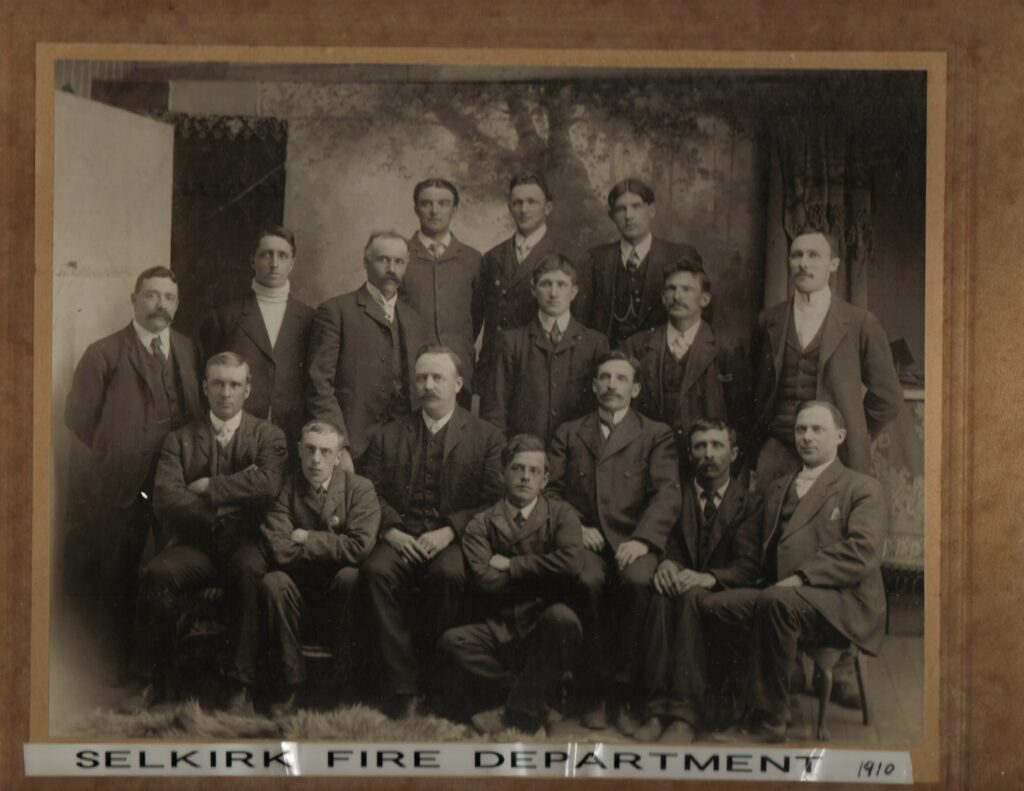
Selkirk’s first motorized fire engines appeared in 1930 – with the arrival of two 1929 Chevy trucks – one being a hose truck and the other a pumper. They were nicknamed “Maggie” and “Jiggs” after two comic strip characters. “Maggie” has been restored and is displayed in the Selkirk Fire Department museum as well as participating in festivals, fairs and parades throughout the province. The Fire Hall first moved in 1928 to Main Street into a converted Catholic mission house (which incidentally was the first frame church built in Selkirk in 1878). The Fire Hall remained at this location until 1963.

First and Fast Responders
Fire alarms were now signaled by a siren located high on the Selkirk water tower and loud enough to be heard outside the Town limits. Selkirk citizens soon learned to time the firefighters, the Town siren rang for exactly 2.5 minutes and when the first truck left the Hall, signaling a clearing path with its siren, it was easy to note the time. Naturally, realizing they were being timed caused the firefighters to speed up even more.
One has to visualize standing on the corner of Main and Manitoba (downtown was very busy in the 40’s and 50’s with pedestrian traffic) and see Lorne Clark running out of Thor’s Meats, George Wur racing out of the Red & White Store and all three Hookers tearing out of Hookers Lumber, as well as every other firefighter charging in from all directions. With the arrival of specially dedicated phone lines in the firefighter’s homes (and more recently pagers), more firefighters proceeded directly to the scene, and the chaos on Main Street disappeared – much to the relief to all concerned.
Aiming for Unity
Firefighters usually stay out of the political decision making; however, there was one occasion when the members became inflamed at what they saw as the heavy hand of the Town council in the early 60’s. Council had decided to move the Fire Hall to Eaton Ave as part of a new Town office complex. Petitions, referendums, and public meetings were all part of this tempest. At one point, firefighters Jack Maloney and Frank Hooker took to the sky in a small plane and dropped thousands of pamphlets on the town to try and influence the vote. Maloney was grounded, the pamphlets blew in the river, and Council voted to proceed. The good thing that emerged from that incident is that Council now meets regularly with the Officers of the Department for long range planning and these harmonious relations have continued to this day.
Fighting Fires
Acquisition of equipment was not as easy as one might think. Town Council in 1945 purchased a used RCAF crash truck for the second pumper. It may have been a great bargain, but being an open-air truck wasn’t conducive with the winter climate. Driving in inclement weather was a real challenge especially to an out-of-town winter call. In the early 1950’s, the firefighters realized they needed a specialized equipment truck to carry all the individual fire outfits and the ever increasing equipment necessary for fire operations. Funds were still not available, so local members took it upon themselves to raise the money. They sold draw tickets for months to raise the funds to purchase this truck. The big prize – the Towns first black and white TV, before there was even a TV station. That was the last of fundraising to buy equipment.

Early pioneer firefighters were called ‘smoke eaters’ and in the days when almost all buildings were made of wood or other natural materials, they fought the fire as long as their lungs could hold out, ran outside for a gulp of air, and charged back in again. As times changed, so has the firefighter’s protective gear. Safety helmets, self-contained breathing apparatus, and fire-resistant turn-out gear are the norm today for attacking fires full of toxins and dangerous chemicals.
In the past, you could become a Selkirk firefighter by chasing the fire trucks, generally hanging around long enough until some officer recognized your efforts and interest, and suddenly you were a firefighter. Now, prospective Selkirk firefighters go through a rigorous screening program before being accepted. Once on probation, they will enter into a training program culminating in a series of National and Provincial tests. Early on, Selkirk established its own high standards. Fire Department members have insisted on more and better training programs be made available to ensure that they are prepared to do their best for the community. Today firefighters are regularly sent to complete courses at the Fire College and to do workshops across Canada and the USA.
Selkirk Fire Department Collection
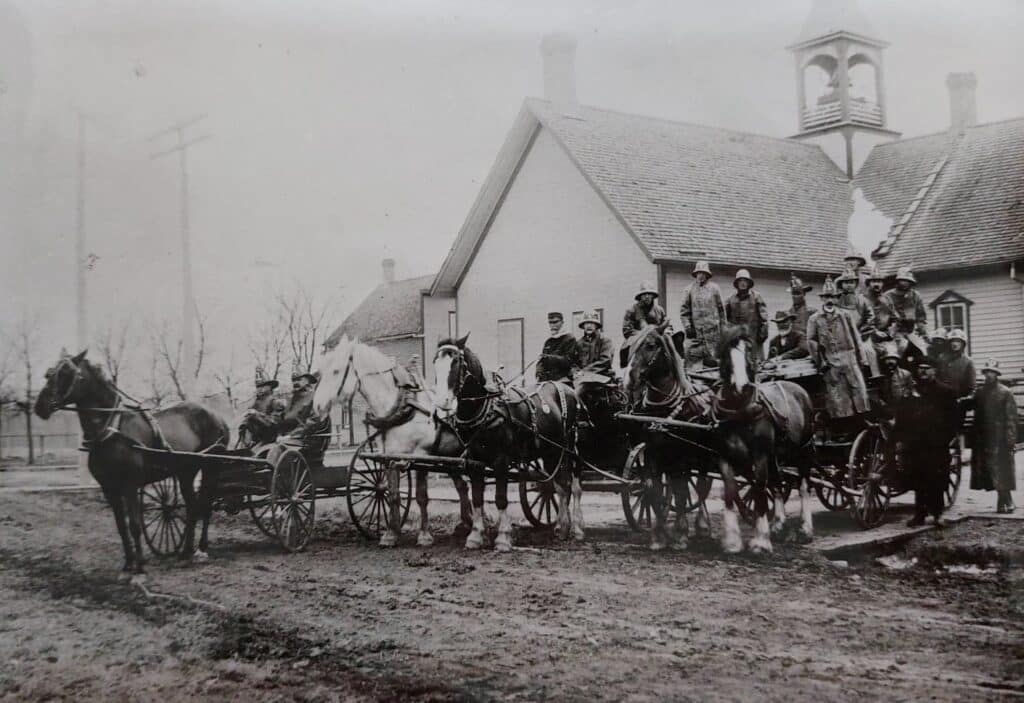

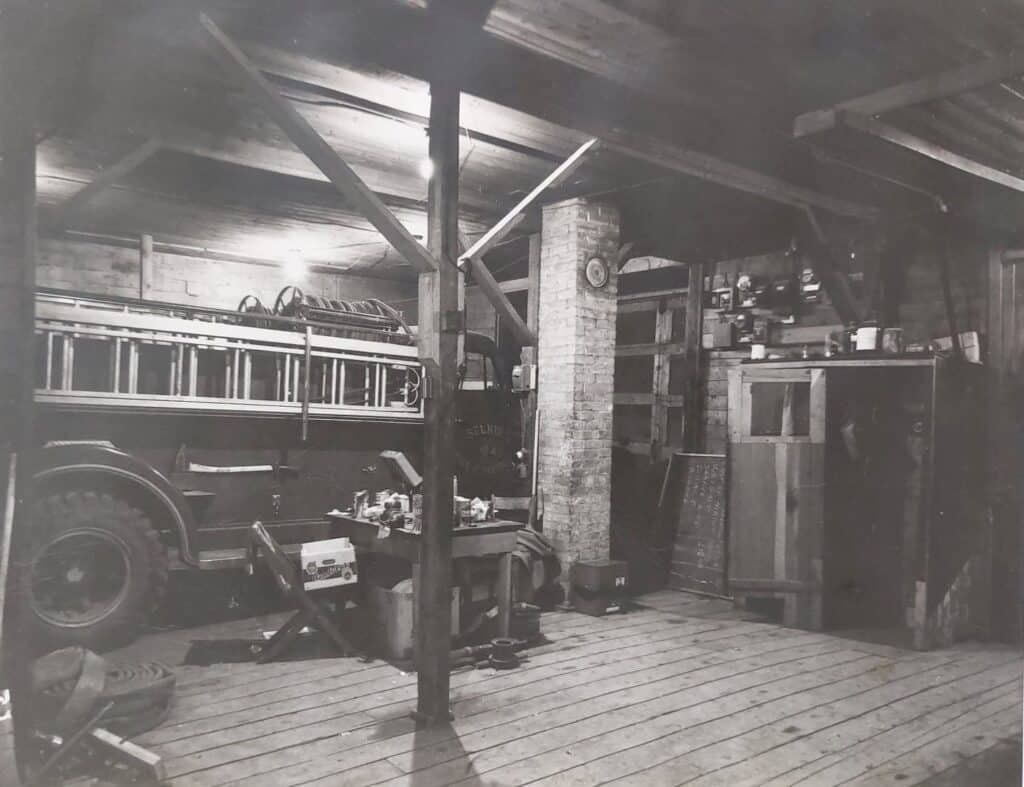



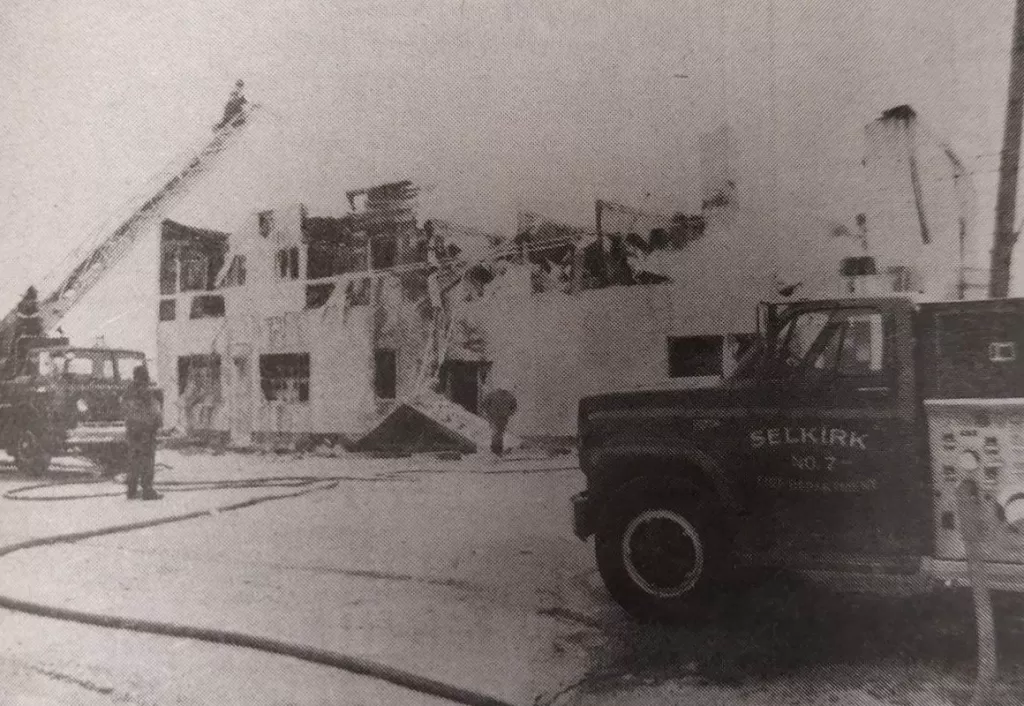
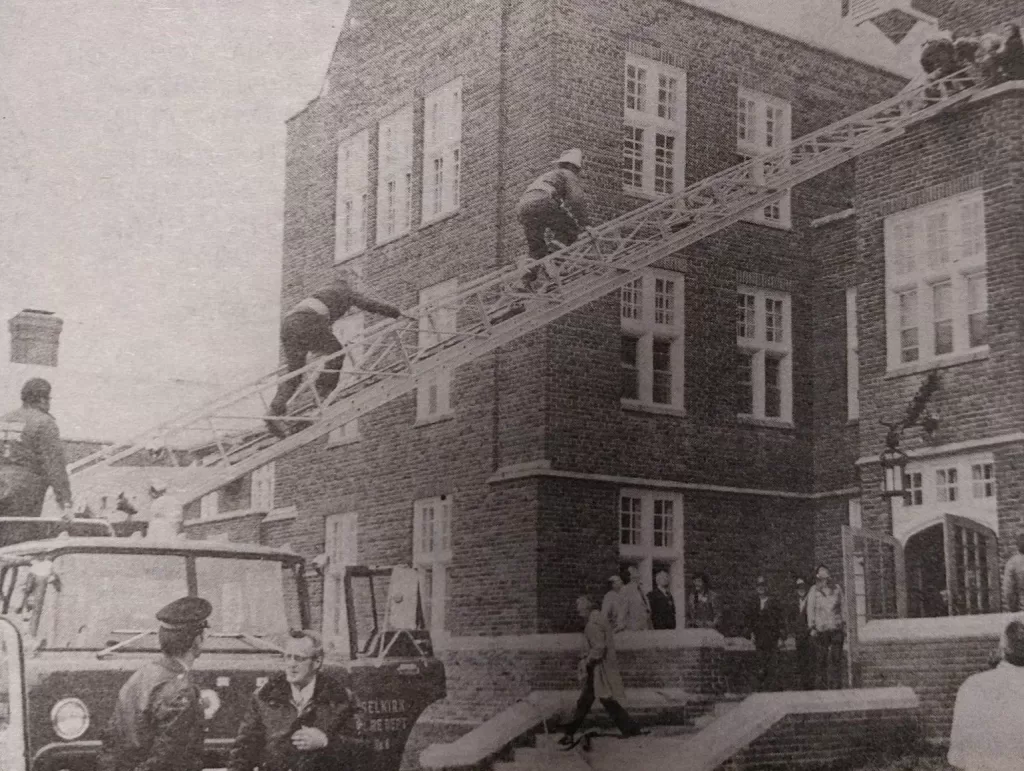
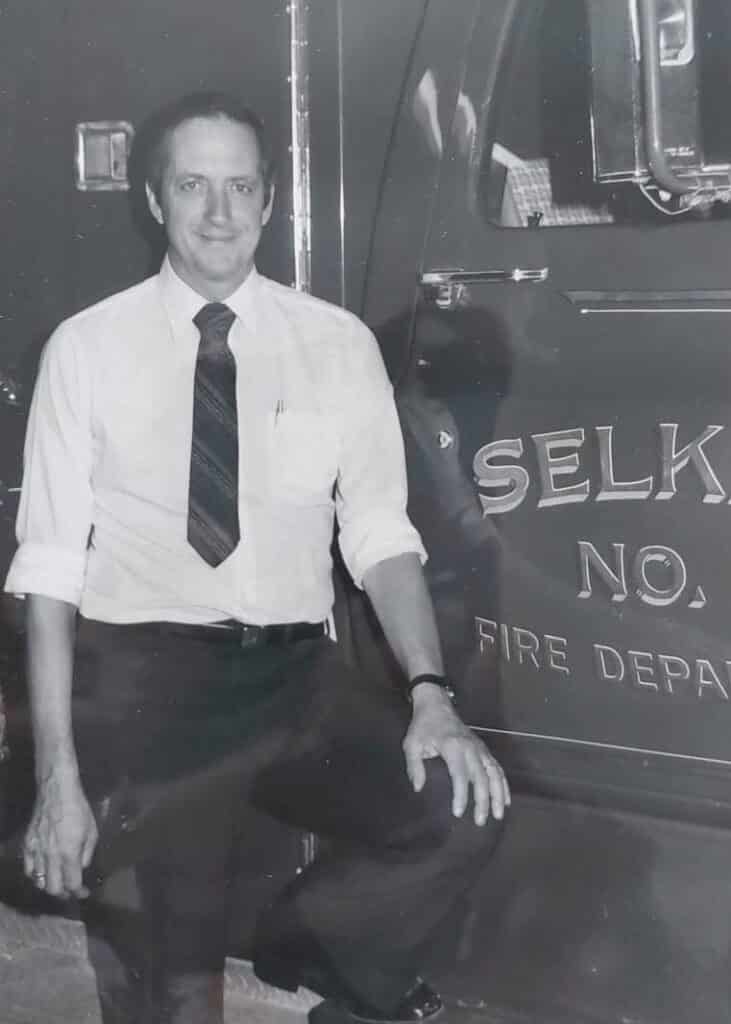

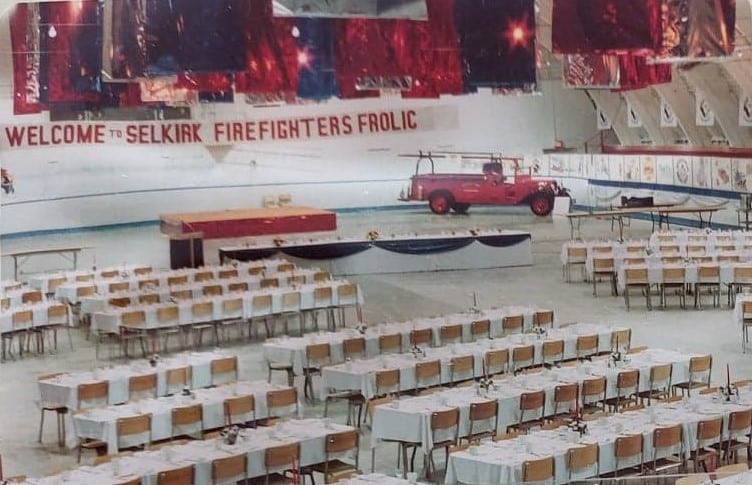
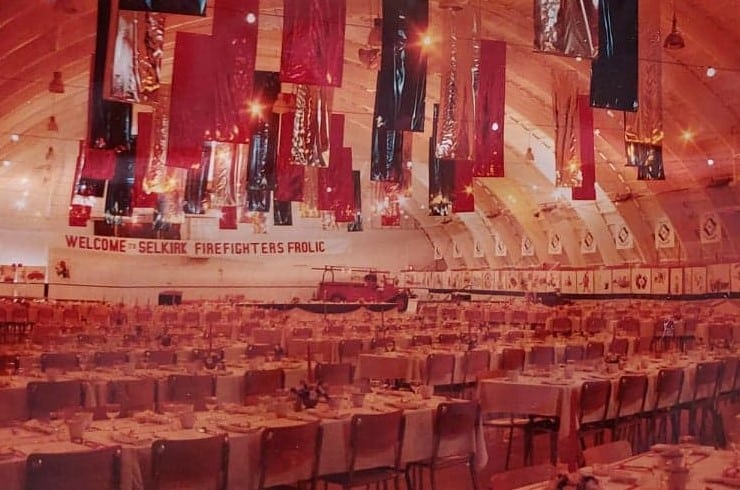

Sources
Looking Back in Time by Bob Wur
Oral History Interview with Ted Wozney

